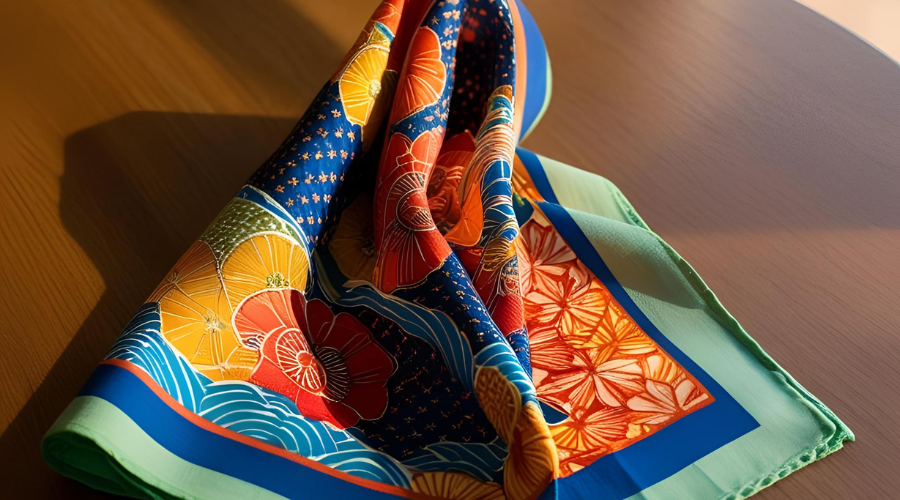
Handkerchief
Japanese Name:
ハンカチ
Romaji Name:
hankachi
Description
↓↓
A handkerchief is a small piece of cloth, typically square-shaped, that is used for a variety of purposes such as wiping the face, hands, or nose. It is a personal accessory commonly carried in a pocket, bag, or purse. In Japan, hankachi is a term used to describe handkerchiefs, and they are widely used both for practical purposes and as a fashion item.
History
↓↓
The handkerchief is a small piece of cloth used for personal hygiene, such as wiping the face or hands.
Its use dates back to ancient civilizations, including Egypt, Greece, and Rome, where people used cloth or scented materials for cleanliness.
In the Middle Ages, handkerchiefs became more decorative, often embroidered and used by the wealthy as a fashion accessory.
During the Renaissance, they were carried by both men and women as symbols of elegance and social status.
By the 18th and 19th centuries, handkerchiefs became widely available and practical for everyday use.
Today, handkerchiefs are used globally for hygiene, fashion, and sometimes ceremonial purposes.